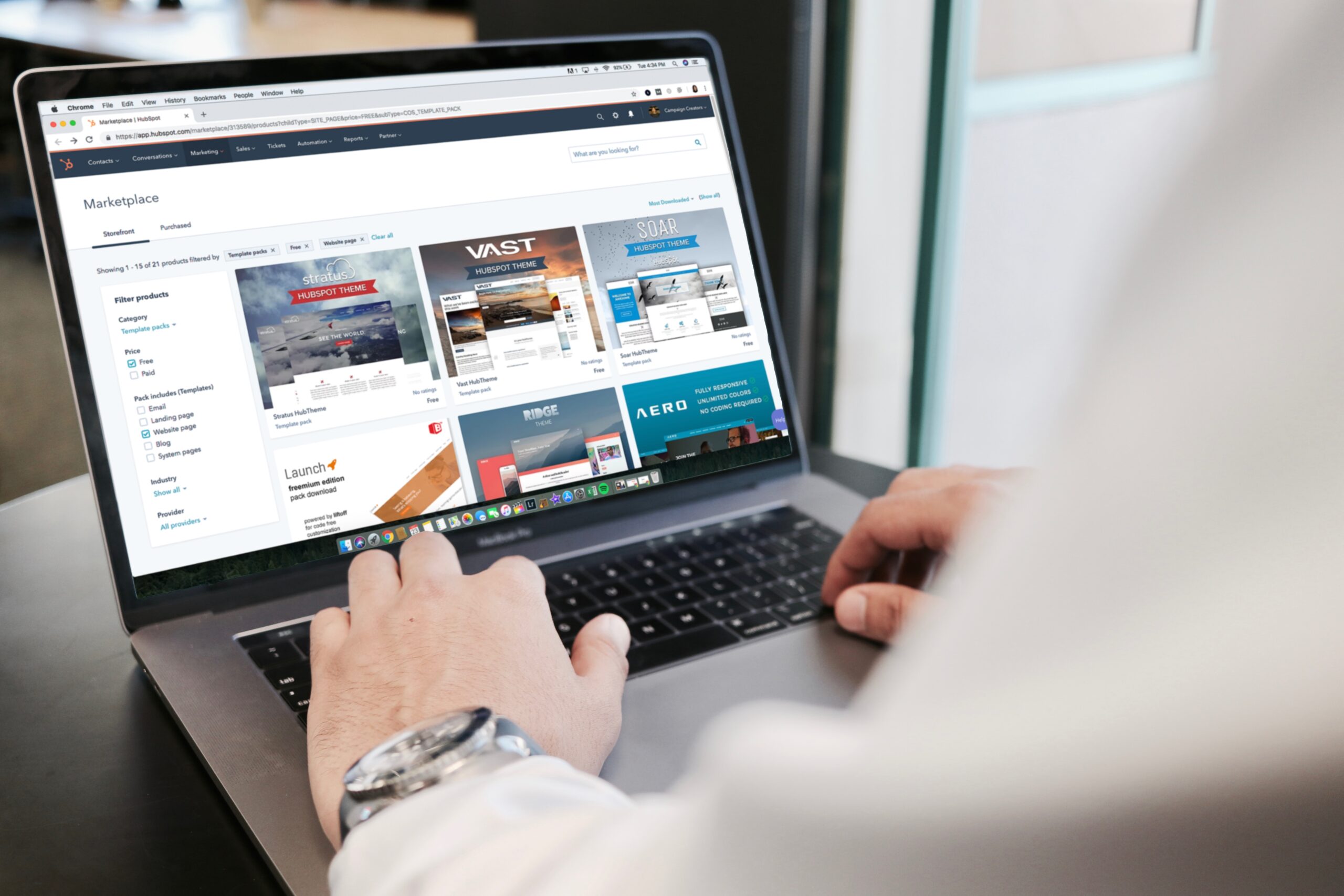
Time has become a valuable commodity. People may not like to waste too much of it. Due to this reason, a visitor to a webpage may read only 20% of its content. Now, web designers and developers have to think about how to make the website more engaging to the visitor. In addition, it is important to make sure that critical information on the website stands out. The website should be an asset for the customer to visit more than once.
It is the job of web designers and developers to make sure that the website is scannable. As a result, customers should have a comfortable experience while scrolling the website. So, how to increase website scannability? Here are things to do to guarantee the scannability of a website.
Ways to Make Your Website More Scannable
1. Proper Utilization of Visual Hierarchy
It is better to organize content on a website based on how it is used by people. For example, people like to see a headline on a blog page along with some information on the writer and the following content next. Surprising the visitors, you can use innovative visual strategies. However, it is best to stick to the norms for website scannability.
If you doubt what a page should look like, you can look at your competition. One of the prime factors of visual hierarchy is the placement of main navigation on the top right-hand side of the page. Customers may not like to scroll down a page to find the navigation button. If they have interest in the product or service page only, they can jump to the page easily.
2. Keep a Negative Space
White space or negative space is part of the design where space is kept empty. Negative space is important for a webpage as it gives objects on your website much-needed breathing room. If there isn’t enough negative space, customers will not be able to take the necessary information. It is great for website scannability also.
To incorporate negative space in your website, you have to know about key elements that a visitor notices on the website first. The following items are necessary for a webpage. They are:
• Title or header to generate interest among the visitor
• CTA to tell them the path to follow
• Navigation or menu bar
• Introduction to give visitor necessary information about the page
• Visual elements to make it engaging
Removal or addition of other elements on the webpage is possible according to your requirement.
3. Give a Clear Idea on the Next Step
Customers journey with a site start with a home page which leads them to the product or service page. Later on, they can visit the checkout page if it is an e-commerce site. From the checkout page, customers should have an option of going back to the product page again.
Designing for website scannability, you have to make sure that the next step is obvious. For this reason, it is better to place a call-to-action button ‘above the fold’ to allow the customers to view it instantly.
For better scannability, it is best to have one CTA. It keeps the customer away from confusion. If there is multiple CTA may have to think about what to access first.
If you want a scannable webpage for your business to engage more customers, it is better to contact us for a high-quality website with SEO benefits.
 500+ Customers from
500+ Customers from  500+ Customers from
500+ Customers from 

